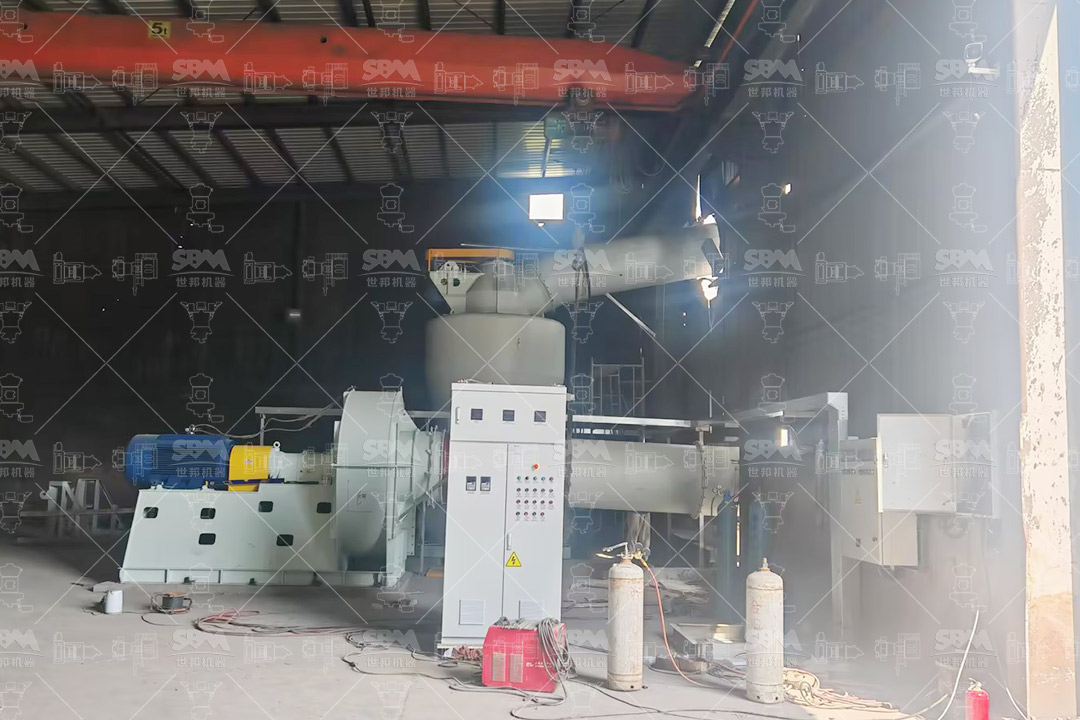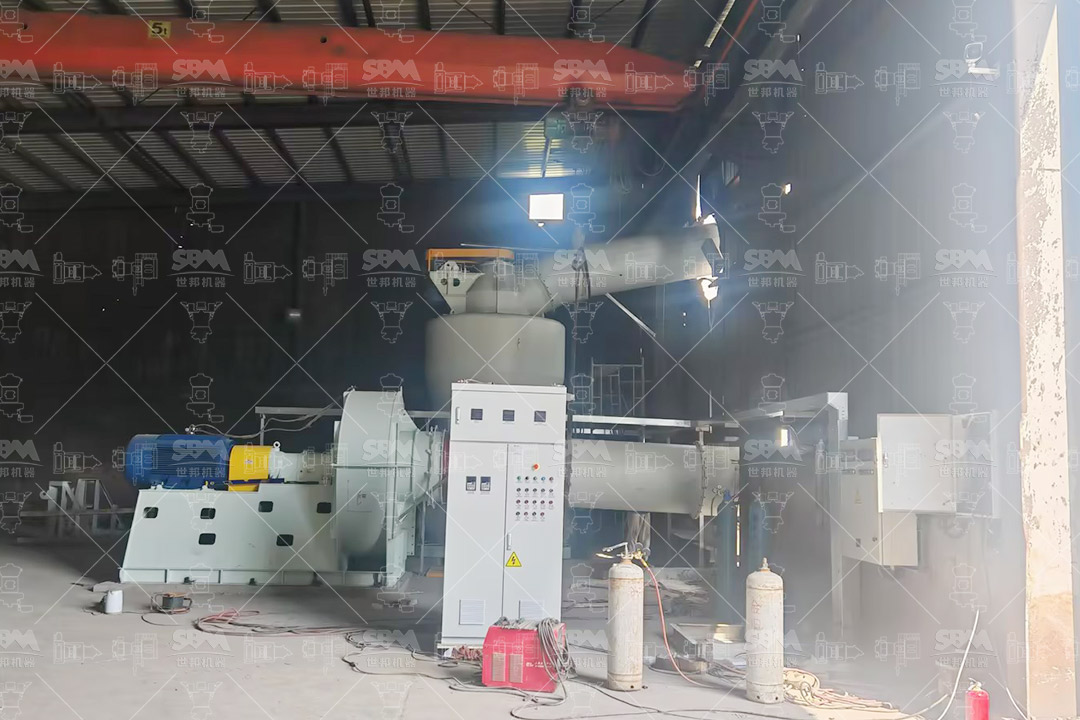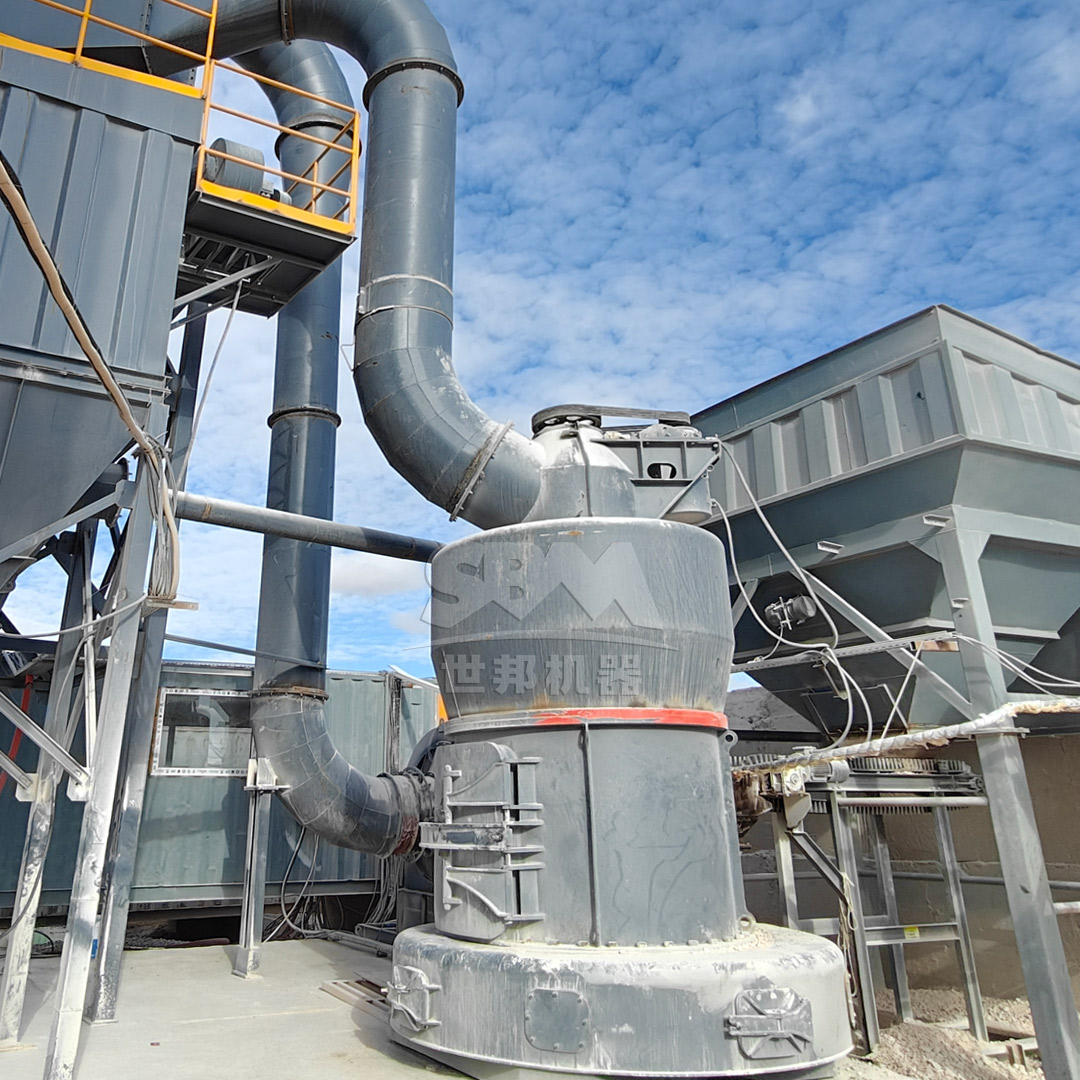Bentonite, a versatile clay mineral with exceptional swelling and binding properties, has become an indispensable material in modern construction projects. From waterproofing and soil stabilization to slurry wall construction and grouting applications, bentonite’s unique characteristics make it valuable across multiple construction sectors. However, the effectiveness of bentonite in these applications heavily depends on achieving the appropriate particle size distribution through proper grinding. Selecting the right grinding mill for your bentonite processing needs is crucial for optimizing performance, reducing operational costs, and ensuring project success.
This comprehensive guide will walk you through the key considerations when choosing a bentonite grinding mill, covering technical specifications, project requirements, and operational factors. We’ll also introduce specific mill models from our product line that have proven particularly effective for bentonite processing in construction applications.

Bentonite clay primarily consists of montmorillonite, a phyllosilicate mineral that exhibits remarkable water absorption capacity, swelling behavior, and thixotropic properties. When properly ground, bentonite develops increased surface area, which enhances its performance in construction applications. The optimal particle size varies depending on the specific use case:
Bentonite presents several unique challenges during the grinding process that must be addressed by the milling equipment:
The required throughput for your construction project is one of the primary determinants in mill selection. Consider both your immediate needs and potential future expansion:
| Project Scale | Recommended Capacity Range | Suitable Mill Types |
|---|---|---|
| Small to Medium | 1-10 tons/hour | SCM Series, MTM Series |
| Medium to Large | 10-45 tons/hour | MTW Series, LM Series |
| Large Scale | 45+ tons/hour | LM Series (larger models), Ball Mills |
The required particle size distribution directly influences your choice of grinding equipment. Different construction applications demand specific fineness levels:
| Application | Required Fineness | Recommended Mill Types |
|---|---|---|
| Soil Stabilization | 100-200 mesh | MTW Series, MTM Series |
| Slurry Walls | 200-325 mesh | MTW Series, LM Series |
| Waterproofing Membranes | 325-400 mesh | SCM Series, LM Series |
| High-Performance Grouts | 400+ mesh | SCM Series, LUM Series |
Bentonite’s natural moisture content typically ranges between 5-15%. If your raw material exceeds 8-10% moisture, you may need to consider mills with integrated drying capabilities or implement a separate drying process. The LM Vertical Roller Mill series offers excellent performance with moderately moist bentonite (up to 12-15%) without requiring separate drying equipment.
Grinding operations typically account for a significant portion of overall project energy costs. When evaluating mills, consider both the initial investment and long-term operational expenses. Modern vertical roller mills and ultrafine grinding systems often provide substantial energy savings compared to traditional ball mills, particularly for fine and ultra-fine grinding applications.

Vertical roller mills have gained significant popularity in bentonite grinding due to their excellent efficiency, integrated drying capability, and relatively compact footprint. The grinding principle involves material being fed onto a rotating grinding table where it is ground between the table and rollers. The ground material is then transported by air to a classifier where oversize particles are separated and returned for further grinding.
Key advantages for bentonite applications:
For construction projects requiring medium to high capacity (10-250 tons/hour) with product fineness between 30-325 mesh, our LM Vertical Roller Mill series offers an excellent solution. The modular design allows for customization based on specific project requirements, while the intelligent control system ensures consistent product quality with minimal operator intervention.
When your construction application demands exceptionally fine bentonite powders (325-2500 mesh), ultrafine grinding mills provide the necessary precision and control. These mills employ specialized grinding mechanisms and high-efficiency classifiers to achieve narrow particle size distributions in the micron and sub-micron range.
Our SCM Ultrafine Mill represents the pinnacle of bentonite ultrafine grinding technology, offering several distinct advantages for specialized construction applications:
The SCM Ultrafine Mill operates through a unique multi-layer grinding principle where the main motor drives three layers of grinding rings to rotate. Material is dispersed into the grinding path by centrifugal force, undergoes roller pressing and progressive grinding through multiple layers, and is finally collected by a cyclone collector and pulse dust removal system.
| SCM Model | Processing Capacity (ton/h) | Main Motor Power (kW) | Feed Size (mm) | Final Fineness (mesh) |
|---|---|---|---|---|
| SCM800 | 0.5-4.5 | 75 | 0-20 | 325-2500 |
| SCM900 | 0.8-6.5 | 90 | 0-20 | 325-2500 |
| SCM1000 | 1.0-8.5 | 132 | 0-20 | 325-2500 |
| SCM1250 | 2.5-14 | 185 | 0-20 | 325-2500 |
| SCM1680 | 5.0-25 | 315 | 0-20 | 325-2500 |
For construction projects requiring high-capacity bentonite grinding in the medium fineness range (30-325 mesh), trapezium mills offer an optimal balance of performance, reliability, and operating costs. The curved duct design and wear-resistant components make these mills particularly suitable for processing bentonite with minimal maintenance requirements.
Our MTW Series Trapezium Mill incorporates several advanced features that benefit bentonite grinding operations:
The working principle involves the main motor driving the grinding rollers to revolve around the central axis while rotating themselves to generate centrifugal force. Shovels throw material between the grinding ring and rollers to form a material layer, achieving efficient crushing through compression, with the classification system precisely controlling final particle size.
With capacity ranging from 3-45 tons/hour depending on model selection, the MTW Series provides an excellent solution for medium to large-scale construction projects where consistent quality and high throughput are paramount.

Consistent and controlled feeding is essential for optimal mill performance with bentonite. Vibratory feeders, screw conveyors, or belt feeders with variable speed control help maintain stable operation and prevent mill overload. For moist bentonite, special attention should be paid to ensuring the feeding system prevents bridging and clogging.
When processing bentonite with moisture content exceeding the mill’s integrated drying capacity (typically above 12-15%), separate drying equipment becomes necessary. Rotary dryers, flash dryers, or fluidized bed dryers can be integrated into the grinding circuit to precondition the material.
Efficient classification is crucial for achieving the desired particle size distribution. Dynamic classifiers, cyclone separators, and baghouse filters work in concert to ensure product quality while maximizing system efficiency. Modern mills often feature integrated high-efficiency classifiers that provide precise cuts and minimal coarse particle contamination.
Bentonite grinding generates significant dust that must be effectively controlled to meet environmental regulations and ensure worker safety. Pulse-jet baghouse filters, cartridge collectors, or wet scrubbers may be employed depending on local requirements and specific application needs.
The initial equipment cost varies significantly between mill types, with vertical roller mills typically representing a higher initial investment than traditional Raymond mills but offering lower operating costs. Consider not only the mill itself but also the required auxiliary equipment when budgeting for your bentonite grinding system.
Evaluate the total cost of ownership, including:
When evaluating different mill options, calculate the expected payback period based on:
A major infrastructure project requiring bentonite for slurry wall construction faced challenges with inconsistent particle size distribution from their existing grinding equipment. After implementing our MTW215G Trapezium Mill, the project achieved:
The improved bentonite quality resulted in better slurry wall performance, with reduced permeability and enhanced structural stability throughout the construction project.
Selecting the appropriate bentonite grinding mill for your construction project requires careful consideration of multiple factors, including production requirements, desired product specifications, raw material characteristics, and economic constraints. By understanding the capabilities and limitations of different mill technologies and matching them to your specific application needs, you can optimize both operational efficiency and final product performance.
For most construction applications involving bentonite, our SCM Ultrafine Mill series provides an excellent solution when ultra-fine products are required, while the MTW Series Trapezium Mill offers outstanding performance for high-capacity applications in the medium fineness range. Both product lines incorporate the latest grinding technology, energy-efficient designs, and environmental features that make them ideal choices for modern construction projects.
We recommend consulting with our technical team to conduct a comprehensive analysis of your specific bentonite grinding requirements. With proper equipment selection and system design, you can ensure that your bentonite processing operation contributes positively to your project’s success, delivering consistent quality material while controlling costs and minimizing environmental impact.